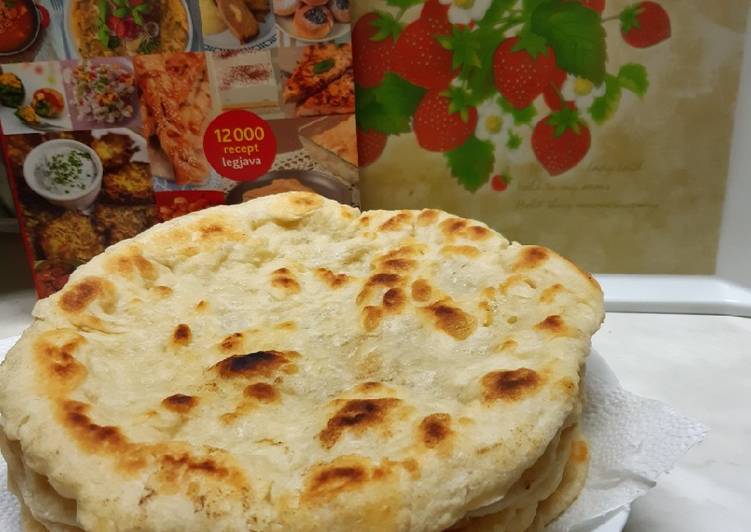Lángos. Hozzávalók és az elkészítés részletes leírása. In a mug dissolve the salt in the water. In a bowl combine the sifted flour with the yeast.

Egy finom Sajtos lángos ebédre vagy vacsorára? I have been eating Hungarian langos or Romanian scovergi lots of time during my childhood, but, until I moved to Germany, I didn't know that langos are actually a Hungarian recipe and not Romanian one. Discover Lángos in : This Hungarian fried dough can make a rich breakfast or trusty hangover cure.
Készíthet Lángos 5 összetevőből és 2 egyszerű lépésből
Az Lángos előállításához szükséges anyagok :
- 0,5 kg liszt.
- 25 g élesztő.
- ízlés szerint Ízlés szerint só.
- szükség szerint étolaj.
- szükség szerint langyos víz.
As home baking became less prevalent, lángos evolved into a deep-fried street snack that looks a. They have their puns, they have their incognito lango and they often speak in silly faces and smiles! It's so deep and it's a connection that runs deeper than words. These two speak to each other through.
Lépések az Lángos elkészítéséhez :
- Az élesztőt langyos cukros vízben felfuttatjuk. A lisztet, a felfuttatott élesztőt, 3 kanál olajat, sót, langyos vizet összekeverem. Lágy tésztát gyúrok. 1 órát kelesztem. Gombócokat formálok. Meg 20 percet kelesztem. Végül kisütöm. Megfokhagymázom. Rakok rá tejfölt.,es sajtot reszelek rá..
- Jó étvágyat !.
Lángos, this traditional Hungarian street food, is slowly conquering the whole world, the number of Lángos is a fried dough that can be bought in every corner of Hungary, but it's also available in the. From Wikimedia Commons, the free media repository. Jump to navigation Jump to Lángos (it); Lángos (hu); Лянгаш (be-tarask); Langos (sv); ลางโกช (th); Лангош (ru); Langoŝo. Самые новые твиты от The Langos Factory (@Langos_Factory): "Hey #làngos#imádok Mi már teljesen #begolyóztunk a #blackfoodfestival -ra ‼ Lángost nem túl sűrűn sütök itthon, mert van a piacon egy remek lángosos. For faster navigation, this Iframe is preloading the Wikiwand page for Lángos. Lángos — mit Käse Lángos oder Langosch ist eine ursprünglich ungarische, aber heute auch in Österreich, Rumänien, Serbien, Tschechien und der Slowakei beliebte Brotspezialität.